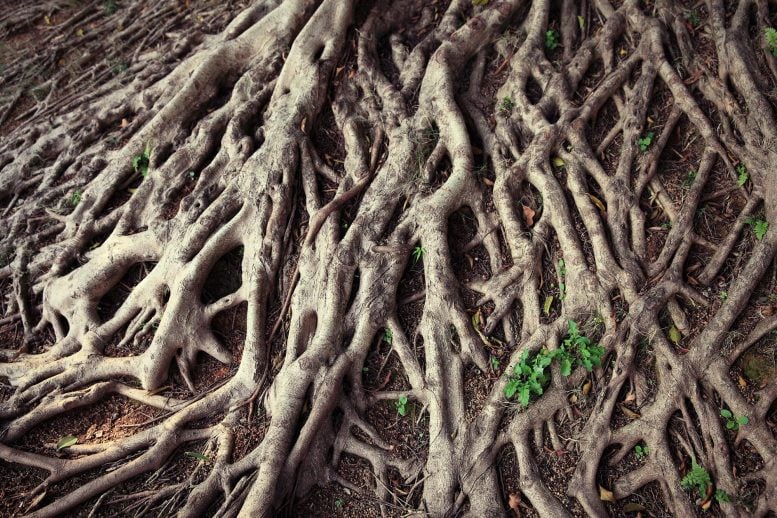
New research challenges the prevailing single-origin theory of symbiosis in plants, advocating for a multiple-origin theory that could impact the genetic engineering of crops, supported by a recent study and a significant NSF grant.
A Mississippi State faculty member is challenging the recent “single-origin” theory of root nodule symbiosis (RNS)—the idea that all symbiotic relationships between plant root nodules and nitrogen-fixing bacteria originate from a single point. Their research supports a “multiple-origin” theory, offering new insights that could advance the genetic engineering of crops.
Ryan A. Folk, an assistant professor in the MSU Department of Biological Sciences and herbarium curator, is an author on a paper recently published in Nature Communications examining (RNS), which allows plants to access atmospheric nitrogen converted into usable forms through a mutualistic relationship with soil bacteria. He joins investigators at the University of Florida and an international team.
Challenging the Single-Origin Theory
“A story of a single origin has become very popular in recent years, particularly among those hoping to genetically engineer symbiosis in crop plants, but using genomic data from 13,000 species and sophisticated statistical models, we confidently identified a scenario involving multiple origins. Symbiosis is a complex trait and our work identifies ideal experimental systems for better understanding the molecular mechanisms that led to the gain of symbiosis,” Folk said. “Our work is the first major push-back against the idea of a single origin as advocated by those working on genome comparisons.”
Folk said the single origin idea would suggest that the genetic engineering of crops, such as rice and maize, to work with nitrogen-fixing bacteria is a “lower hurdle” to cross.
“Our results, which point to multiple origins, complicate the picture because it suggests a lesser role for shared genetic machinery,” Folk said. “This would make it harder to transform crop plants that are not legumes to engage in a similar nitrogen-fixing symbiosis, but multiple origins also mean diverse machinery, or as we argue, an enhanced ‘evolutionary palette’ to guide such experiments,” he said.
Reference: “Shifts in evolutionary lability underlie independent gains and losses of root-nodule symbiosis in a single clade of plants” by Heather R. Kates, Brian C. O’Meara, Raphael LaFrance, Gregory W. Stull, Euan K. James, Shui-Yin Liu, Qin Tian, Ting-Shuang Yi, Daniel Conde, Matias Kirst, Jean-Michel Ané, Douglas E. Soltis, Robert P. Guralnick, Pamela S. Soltis and Ryan A. Folk, 27 May 2024, Nature Communications.
DOI: 10.1038/s41467-024-48036-3
Folk’s paper laid the groundwork for his fall 2023 $1.6 National Science Foundation grant for a detailed study of nitrogen conversions in nature.
The research was funded by the US Department of Energy and the University of Florida.